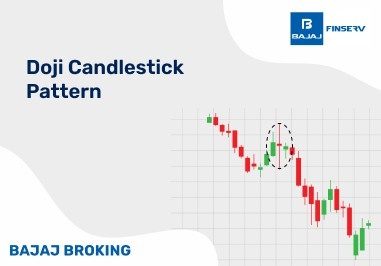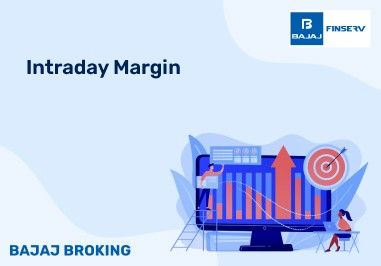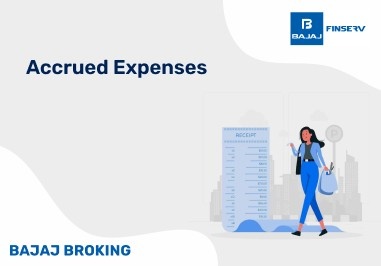When it comes to building an investment portfolio, one thing that is inevitable is some amount of risk. However, with time, investors have been able to develop certain strategies that help you manage your risk exposure. One such common strategy is the hedging strategy. Hedging strategies are seen as highly effective in protecting your investments and reducing your losses. It ensures your investments are protected against extreme market fluctuations.
The significance of hedging strategies makes it important to know more about them. There are a variety of hedging strategies, and one of the common options is derivatives. Now, derivatives are of different types, including futures and options. When used strategically, these derivatives, including option hedging strategies, can come in handy to reduce losses on the one hand and the other, you also get to preserve your returns.
Well, learning about the benefits of hedging strategies may leave you curious to learn more about them. So, if you're also wondering what these options hedging strategies are, how they work, and what are some effective option hedging strategies, or more, then worry not and settle down. Stay tuned as we explore in detail about option heading strategies and everything relevant related to them.
What is Hedging in Options Trading?
Now, before we move forward, let's start with the basic yet important question: what is hedging in option trading? Well, hedging in option trading is hedging using your option derivatives. It is a process wherein you take a position in the options market that is opposite to your position in the underlying assets market. The goal is simple: to secure your investment from big fat losses. Wondering how that happens? Well, let's understand this.
By hedging with options and acquiring an opposite position, you're able to reduce your losses even if the asset price goes down. Here is how it works. Your loss in underlying assets may mean a profit in the options market, thus controlling your overall risk exposure and maintaining your overall profits.
In addition to this, you can also follow multi-legged hedging with options. Here, you may acquire multiple positions in the options market. This, in a way, ensures you financially secure yourself to some level, irrespective of the direction of the market movements.
Understanding Options Contracts
Now if you've read until here, you might notice how options are being frequently mentioned. So, before going any further, let's first try and understand what an option contract is.
Options are derivatives. This means their value depends very much on the underlying assets. For example, commodities, equity shares, and so on. With option contracts, the buyer gets the right to sell or purchase the underlying asset at a specific price at a pre-set time. However, they are not obligated to buy or sell the same and that's what makes them different from futures.
Options are of two types: call options and put options. Call options are the ones with which you get the right to buy an underlying asset at a pre-set price. Put options, on the other hand, come with the right to sell your underlying assets.
Additional Read : Call Option vs. Put Option
How to Hedge with Options?
Until now, you've already explored the meaning of hedging strategies, how they are helpful, and what hedging in options means. Now, let's move forward and try to understand how to hedge with options.
Here are some popular strategies for hedging with options that can come in handy. Have a look and see what suits you the best.
Protective put
Using this strategy, an investor may consider buying put options for an already existing underlying asset. This way, you may profit from the underlying assets if their price rises, and in case it declines, your put options might compensate you for the losses.
Covered call
For individuals looking for hedging strategies for minor or little fluctuations in price, a covered call is a popular choice. Here, you may sell call options on your stock.
Collar
A collar strategy is when you sell and buy a call and put option simultaneously. With such a strategy, your losses, as well as potential risks, are limited. You use a covered call and protection together that helps you protect your investment without the need to sell your assets.
Straddle and strangle
Such a strategy involves buying a combo of call and put options that have the same expiry. However, it is important to understand that with Straddle, you buy options with similar strike rates. However, with strangle the prices of options differ. These come in handy when you expect market fluctuations, however, you are not sure of the direction of market movement.
Butterfly spread
Such a strategy is a preferred choice in cases when investors expect market conditions to be comparatively less fluctuating or stable. Investors may buy multiple put and call options at varying strike rates.
How Does a Hedge Protect Investors and Traders?
Now that you've learned some popular hedging strategies, it is common to wonder if these strategies are helpful. And why do you need them? Does hedging protect investors and traders? So, if you aren't convinced of the benefits of hedging strategies yet, here are some more compelling benefits of hedging. Let's explore how they financially secure your investments.
By hedging with options, you ensure to take a contrasting position. This ultimately comes in handy to reduce your risk to an extent, even if the market is going down.
In addition to reducing your risks, hedging with options can also prove to be beneficial in maintaining your profits. In case of favourable market conditions, your profits can benefit.
Hedging with options can come in quite handy to control the uncertainties related to the price of an asset. With option hedging, you may lock an asset at a pre-set price, giving you better price clarity and efficiency.
Conclusion
Investing has earned quite a reputation for wealth creation. However, it is important to understand it might help generate a source of revenue but has certain risks too. For situations like these, investors use hedging strategies. And though such option hedging strategies don't eliminate your risks completely, they do reduce the exposure to a limit. In fact, with suitable hedging strategies, you can secure your finances, mitigate risks, and cope with market fluctuations.
Also, before choosing a suitable strategy for yourself, make sure to do thorough research, understand your financial goals, and then follow a plan.
Do you have a trading account app or demat account app?
You can open an account with Bajaj Broking in minutes.
Download the Bajaj Broking app now from Play Store or App Store.
Disclaimer: Investments in the securities market are subject to market risk, read all related documents carefully before investing.
This content is for educational purposes only. Securities quoted are exemplary and not recommendatory.
For All Disclaimers Click Here: https://www.bajajbroking.in/disclaimer













